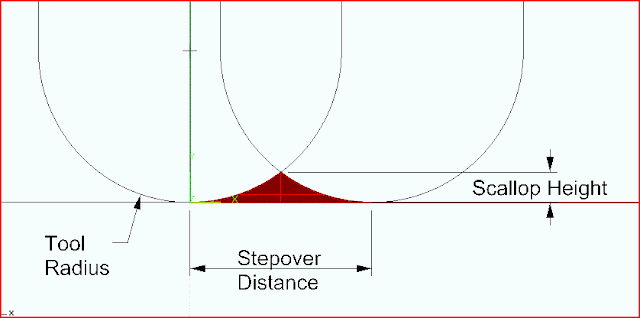replicating viking jewelry
This piece were found hundreds of years ago, but made long before that, in year 900. The piece were digitized using a 3D scanner. The scan where then split in rhino, and the respective sides where then milled in wax, and fitting boxes for the sand mold where made.
The first step of a sand cast is to make the sand fine, you want no lumps in your mold! Here Jens Dyvik from Fellesverkstedet is preparing the mold.
The first step of a sand cast is to make the sand fine, you want no lumps in your mold! Here Jens Dyvik from Fellesverkstedet is preparing the mold.
This is one of the sides of the mold, together with the tools we will use to pack it with sand.
We left the tabs from the milling process of the mold frames, so that the sand will hold the mold better.
The first layer of sand is the most critical, so we powder the sand realy fine to catch all the details.
The sand must be packet realy hard. The blunt end of a hammer works just fine.
The two sides of a sand mold, complete with inlett and air wents.
for registration, we use 6mm dowels, normaly used in carpentry. We use a triangle pattern for registration, so there is no option to mount the molds together wrong.
Once the molds where ready, it was time to prepeare the metal, in this case salvaged from old harddrive cases.
We used the electric furnace to the rigth to heat the metal to 700 degres celcius.
here the metal has been poured. the sand contains quite a bit of oil to make it hold the pattern. This oil lets of some nasty fumes, so we use our fume extractor until the part has cooled, and is ready to be removed from the mould.
This is the part straigth out of the mold:
This clip shows me revealing the cast piece:
jon Nordby noticed that the dents left in the surface of the cast, coresponded with these dark marks in the sand. We beieve these are made by gas trapped in the mold, and that the issue can be corrected by making more went holes.
The finnished piece. Now, the process will be repeated, with silver instead of aluminium, to complete the job.














Kommentarer
Legg inn en kommentar